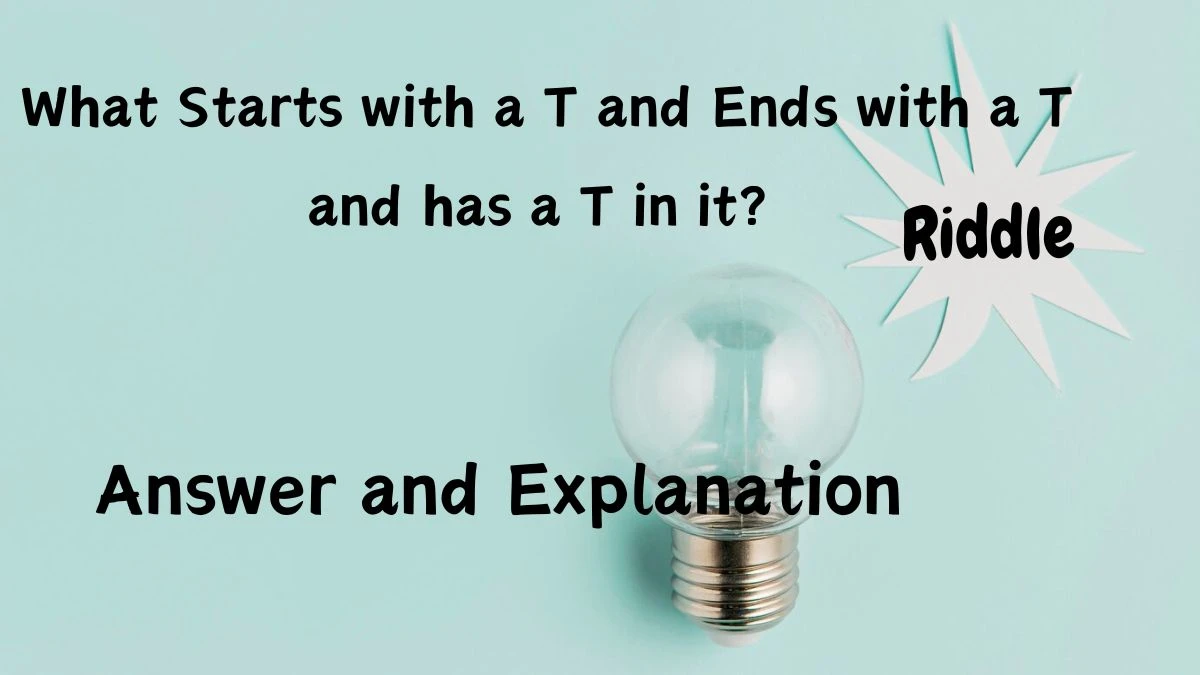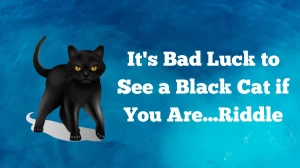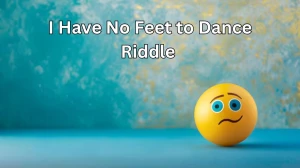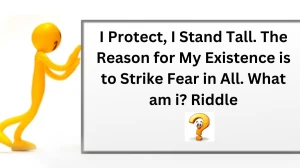What Starts with a T and Ends with a T and has a T in it? Riddle Answer Updated
by
Updated Jul 01, 2024

What Starts with a T and Ends with a T and has a T in it? Riddle Explanation
This riddle “What Starts with a T and Ends with a T and has a T in it?” asks for something that starts with the letter "T", ends with the letter "T", and also has a "T" somewhere inside it. At first glance, it might seem tricky because you are looking for a word or object that meets all three conditions simultaneously.
When you hear "starts with a T and ends with a T," your mind might begin searching for words that fit this pattern. However, the key is to also find something with a "T" in the middle. The riddle challenges you to think about different types of objects or words, especially those you might not consider immediately.
What Starts with a T and Ends with a T and has a T in it? Riddle Hints
Know these simple hints to the riddle “What Starts with a T and Ends with a T and has a T in it?” to find out the answer.
- The object is commonly found in the kitchen.
- It's used to make or serve a hot beverage.
- It has a handle and a spout.
- The name of the object is related to a popular drink.
What Starts with a T and Ends with a T and has a T in it? Riddle Answer
The answer to the riddle “What Starts with a T and Ends with a T and has a T in it?” is a teapot. A teapot starts with the letter "T," ends with the letter "T," and has a "T" in the middle. It's a simple and everyday object used to brew and serve tea, making it a perfect fit for the riddle.
What Starts with a T and Ends with a T and has a T in it? Riddle Answer Explanation
The answer to the riddle, "What starts with a T, ends with a T, and has a T in it?" is a teapot. A teapot is an object commonly used in kitchens to brew and serve tea. The word "teapot" starts with the letter "T," ends with the letter "T," and also contains a "T" in the middle.
A teapot is a container, typically with a handle and a spout, used for making tea. The word "teapot" perfectly matches the riddle's criteria. This riddle is an excellent example of how riddles often use common items in unexpected ways to create a fun and challenging puzzle.




